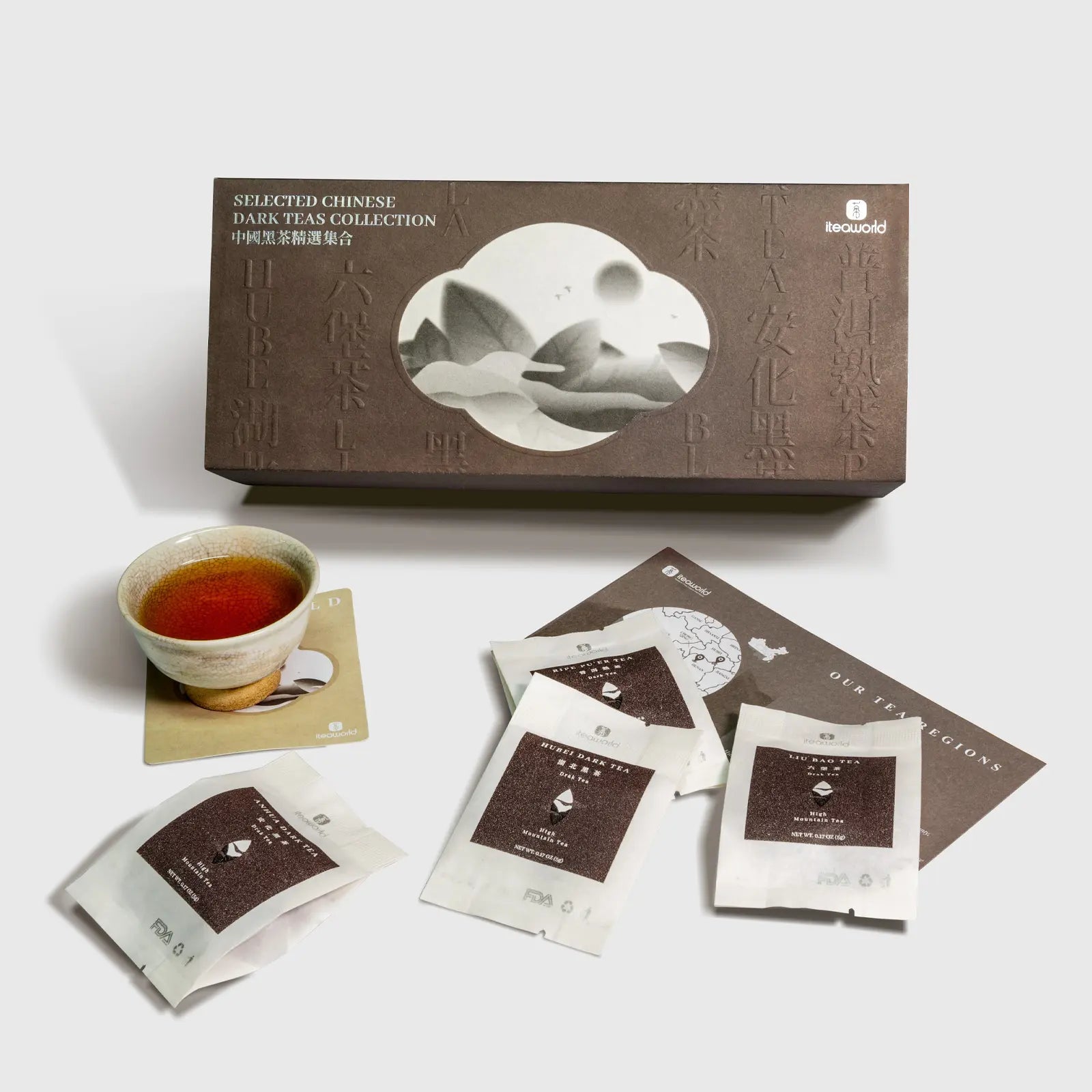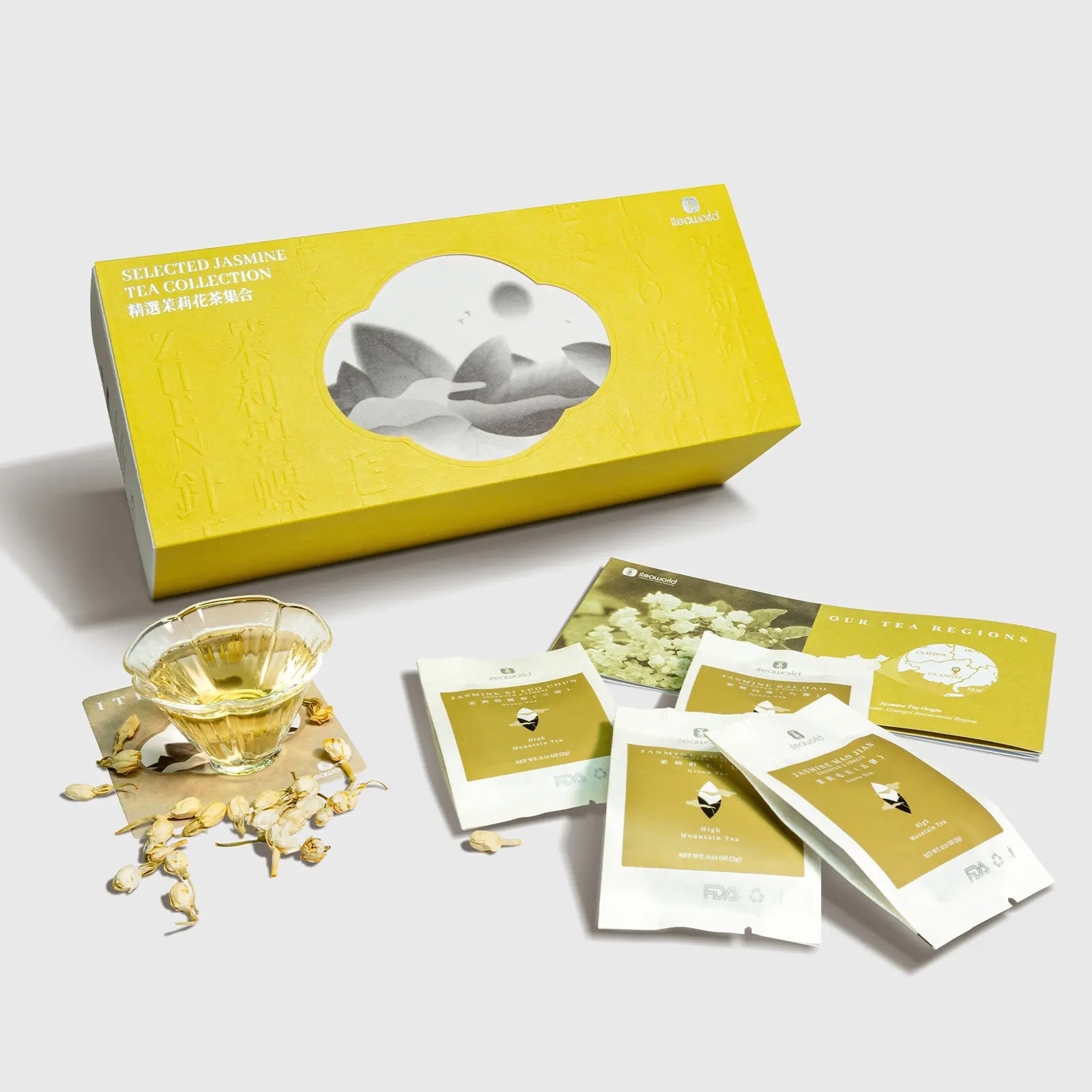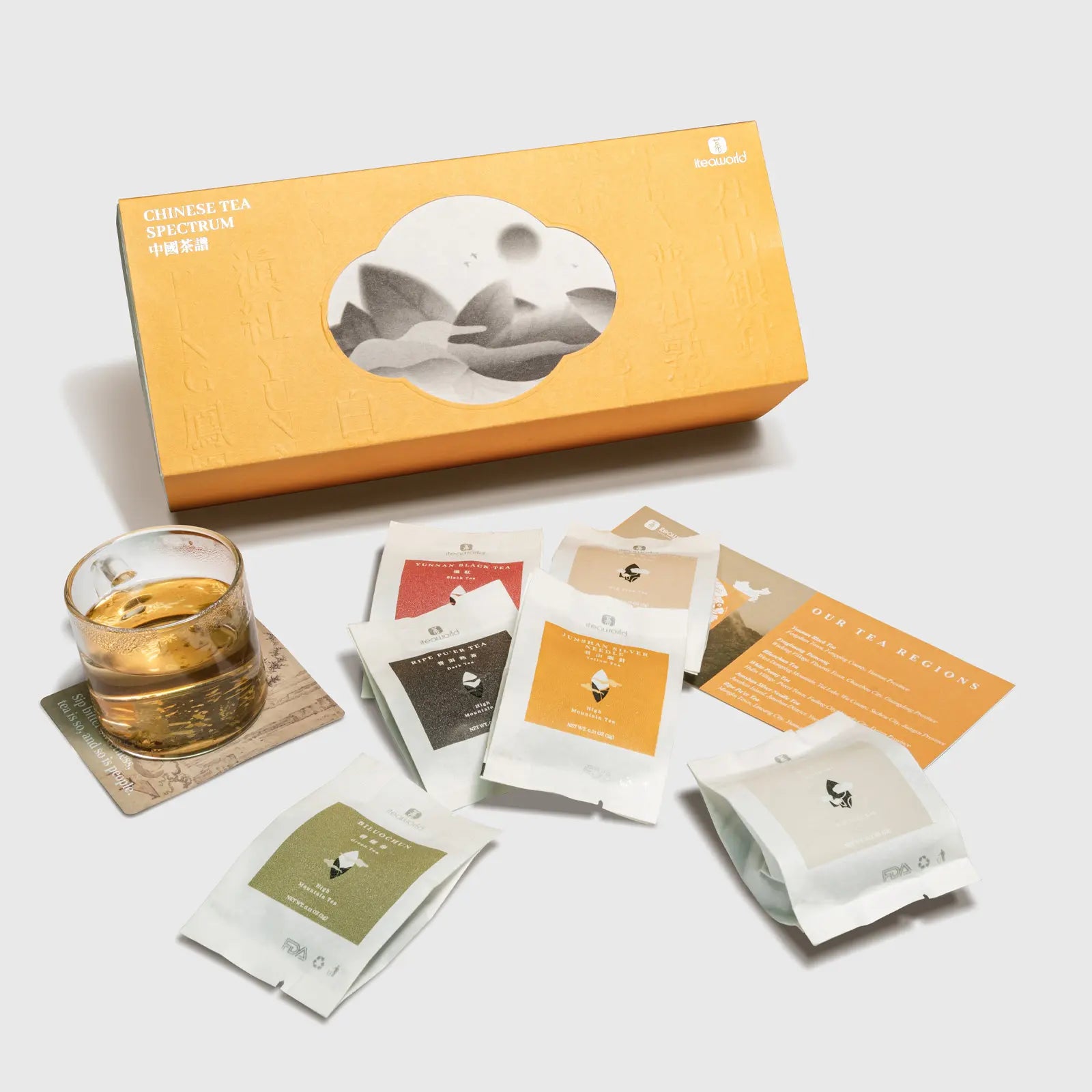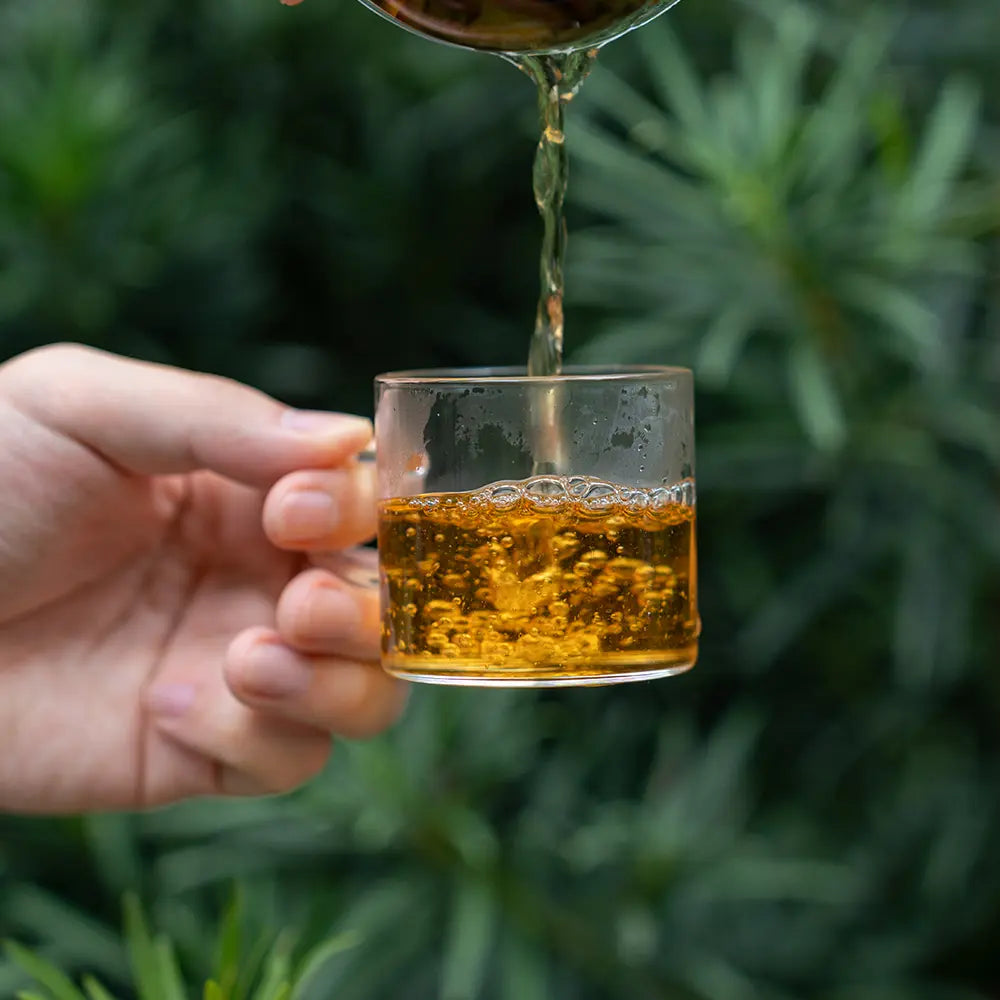In China, there are many kinds of tea. Each kind of tea has its own characteristics. Green tea is the tea that people drink more often. Green tea also occupies a high position among the top ten famous teas in China. When you drink green tea, loose leaf tea is your best choice. This is the best way to get the full flavor of green tea into your water. Unlike the strong flavor of loose leaf black tea, or the many flavors of loose leaf oolong tea. Green tea is more of a "fresh" beverage. Green tea is a refreshing tea. In addition, green tea has antioxidant health benefits, which makes many people give green tea as a gift to their friends!
In this article, we will introduce the top ten famous green teas in China and their core production areas, which will help you know the best green tea in China at one time. There are so many varieties of green tea that if you are interested in exploring the world of green tea, a tea sampler may be a great way to try different flavors and discover your preferences.
Many brands have green teas to choose from. For example, the iTeaworld Loose Leaf Green Tea Sampler is a great choice.
Now enjoy a limited time 15%off discount on quality Green Tea Sampler! Buy Now! 15% Off Code: green15

1.Dongting Biluochun
Core Production Area: Dongting Mountain, Suzhou, Jiangsu.
The core production region for Biluochun is the Dongshan and Jinting towns in Wuzhong District, Suzhou. Tea trees are interplanted with peach, plum, apricot, persimmon, tangerine, ginkgo, and pomegranate trees, giving Biluochun its natural floral and fruity aroma. The unique feature of Dongting Biluochun is its early harvest; the more white fuzz it has, the better its quality.
Explore Biluochun Tea
2.Huangshan Maofeng
Core Production Area: Huangshan, Anhui.
Huangshan Maofeng is produced in the Huangshan region, Shexian, and Xiuning areas of Anhui province. The best is widely acknowledged to come from areas like Fuxi Township.
For those who appreciate rich and robust teas, we also recommend trying Da Hong Pao, a famous and highly regarded oolong tea.
Enjoy Huangshan Maofeng Tea
3.West Lake Dragon Well (Longjing)
Core Production Area: Longjing Village, Hangzhou, Zhejiang.
Not all "Dragon Well tea" can be called "West Lake Dragon Well." The legally defined production areas for Dragon Well tea span 18 counties in Hangzhou, Shaoxing, Jinhua, and Taizhou. These are divided into three zones: West Lake, Qiantang, and Yuezhou. Only tea from the West Lake zone can be termed "West Lake Dragon Well"; other areas are simply called "Dragon Well tea" or "Yuezhou Dragon Well" or "Qiantang Dragon Well."
The West Lake area is further divided into first-level and second-level zones. The first-level zone includes the traditional five core areas: Shi (peak), Long (well), Yun (nest), Hu (run), and Mei (homestead). The famous "18 imperial tea bushes" gifted by Emperor Qianlong are located in the Hugong Temple on Shifeng Mountain. The second-level zone encompasses the Dragon Well produced outside of the first-level zone.
For the finest sourcing of Longjing Dragon Well tea, explore iTeaword's premium green tea sampler. Our green tea sampler captures the essence of China's celebrated green teas, from mellow daily drinkers to complex styles for connoisseurs. Treat yourself to the regional specialties and tea masters' creations.
Buy Green Tea Sampler Now!15% Off Last Hour Discount Code: green15

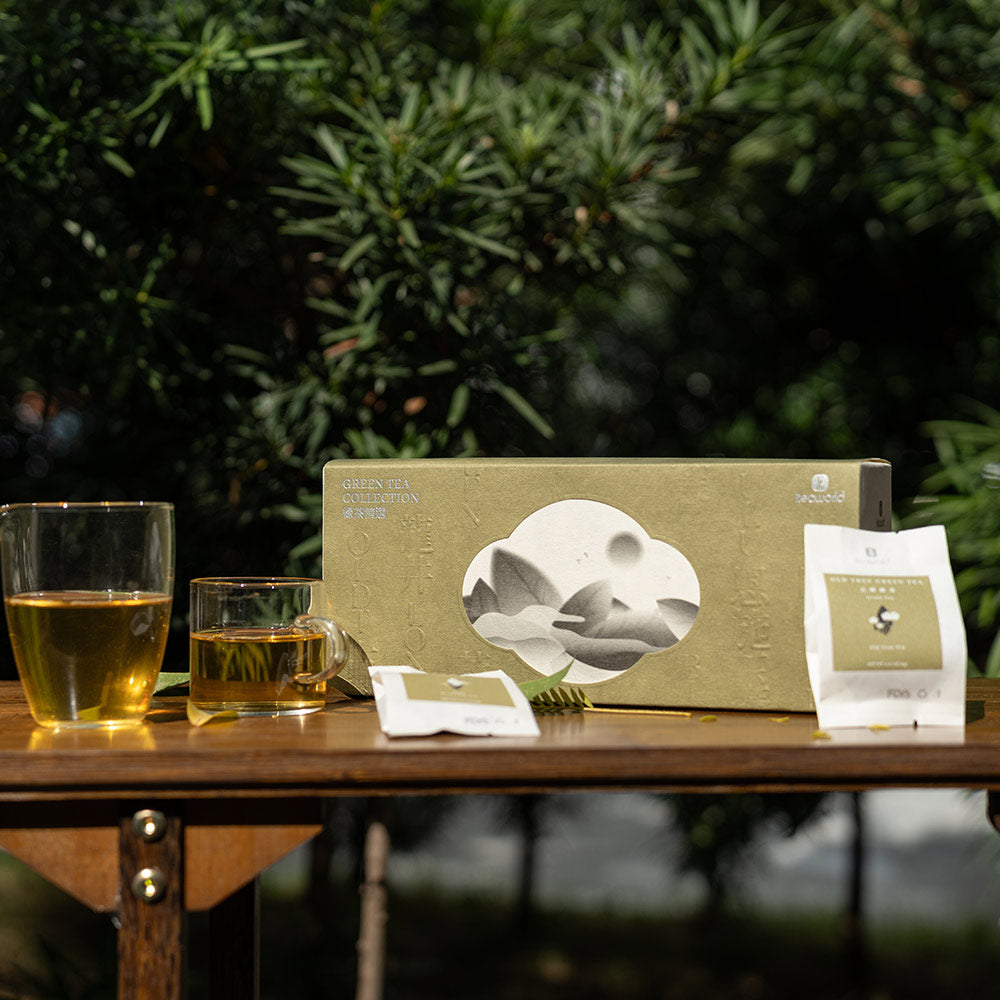
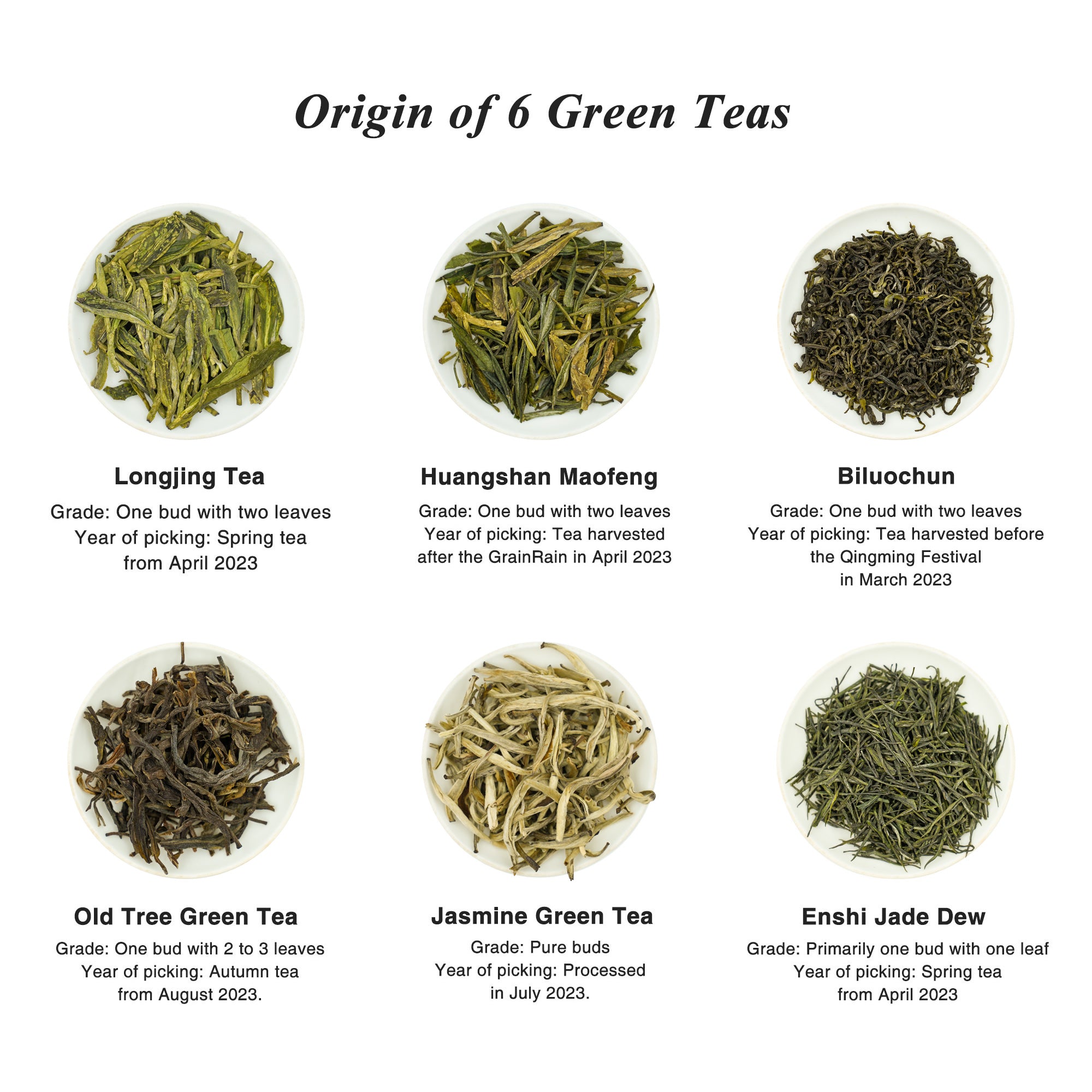
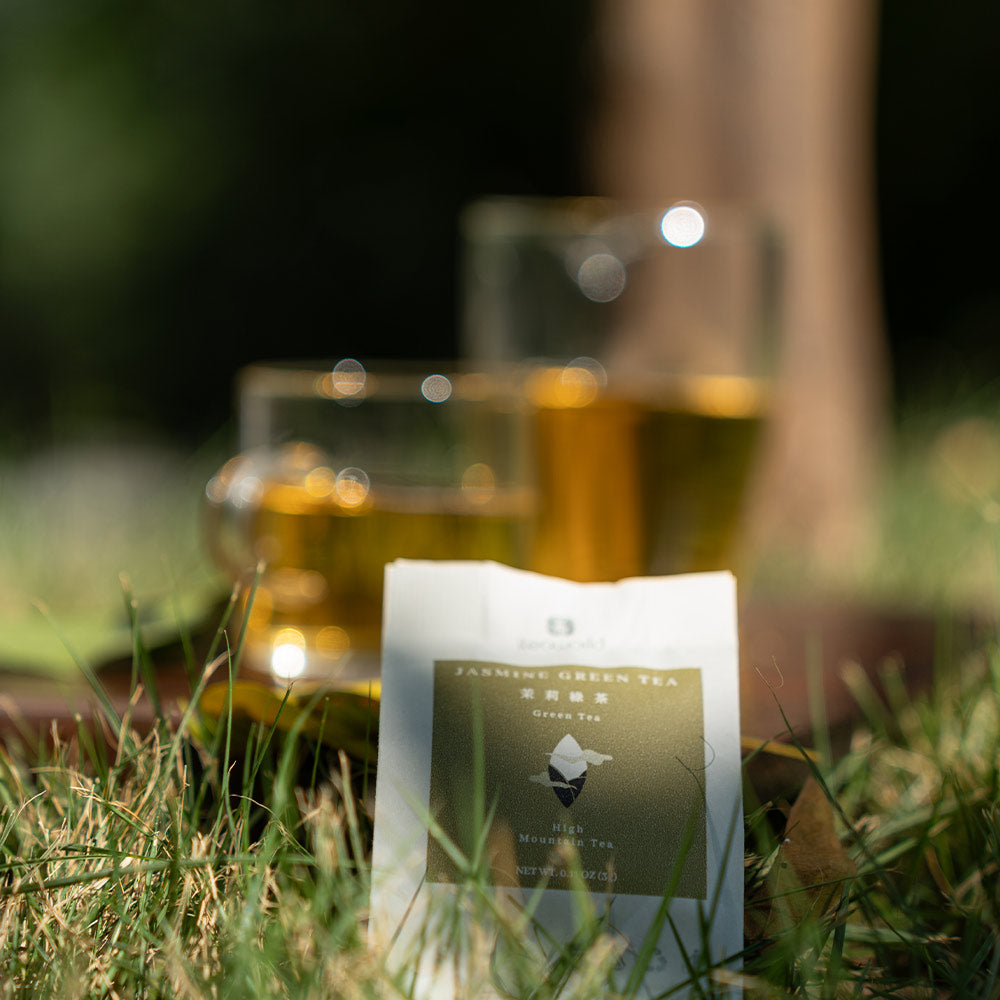
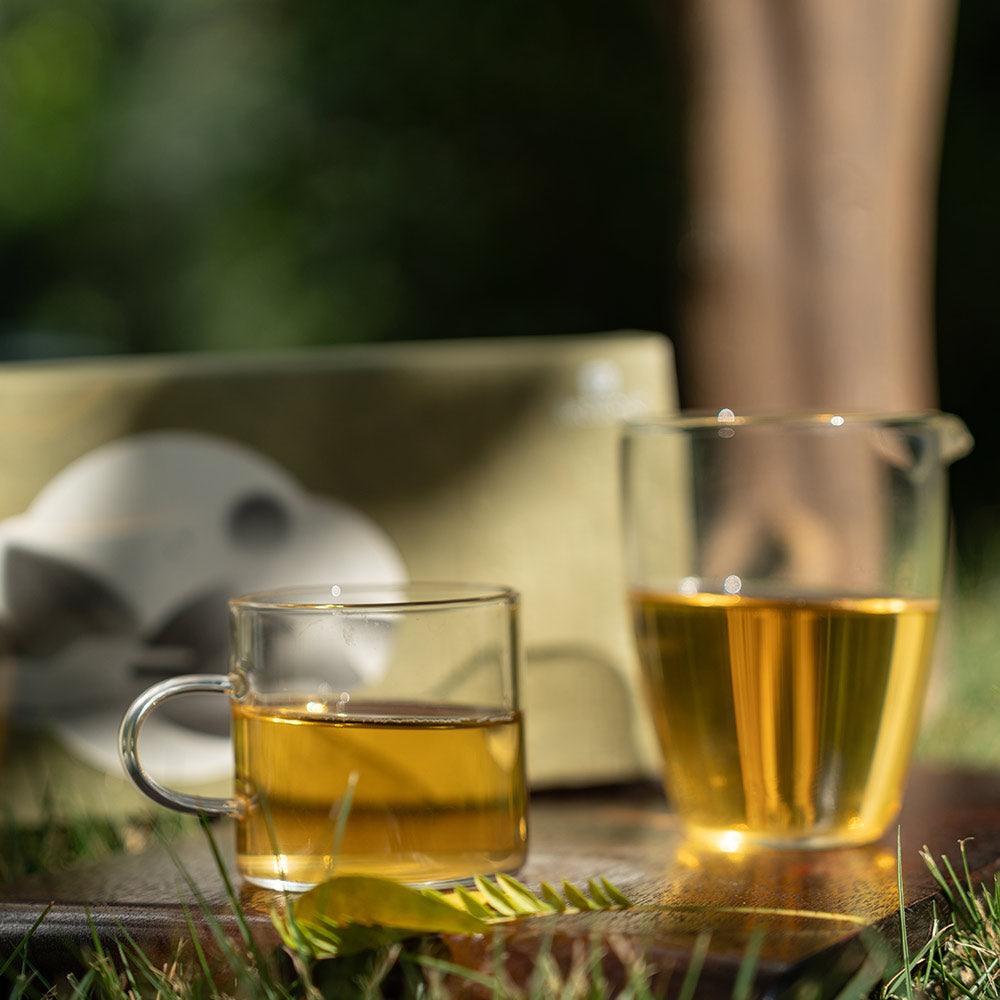
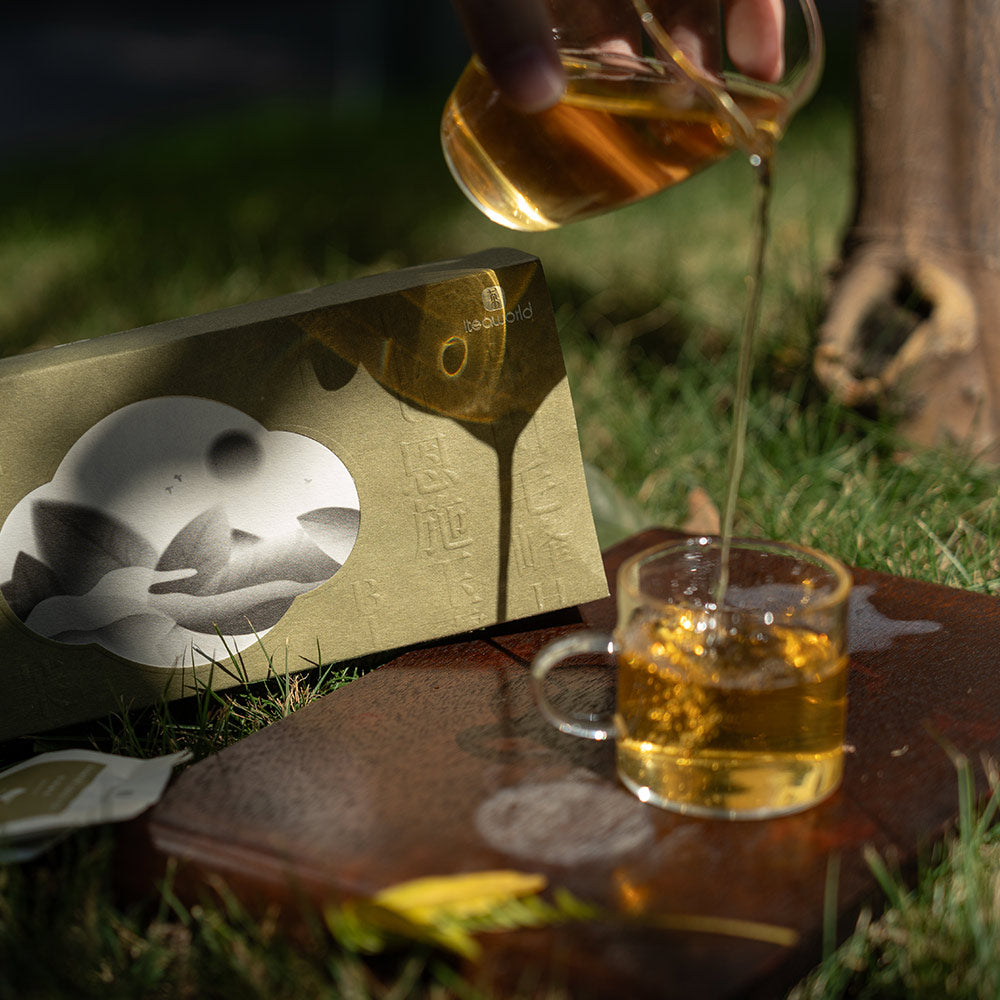
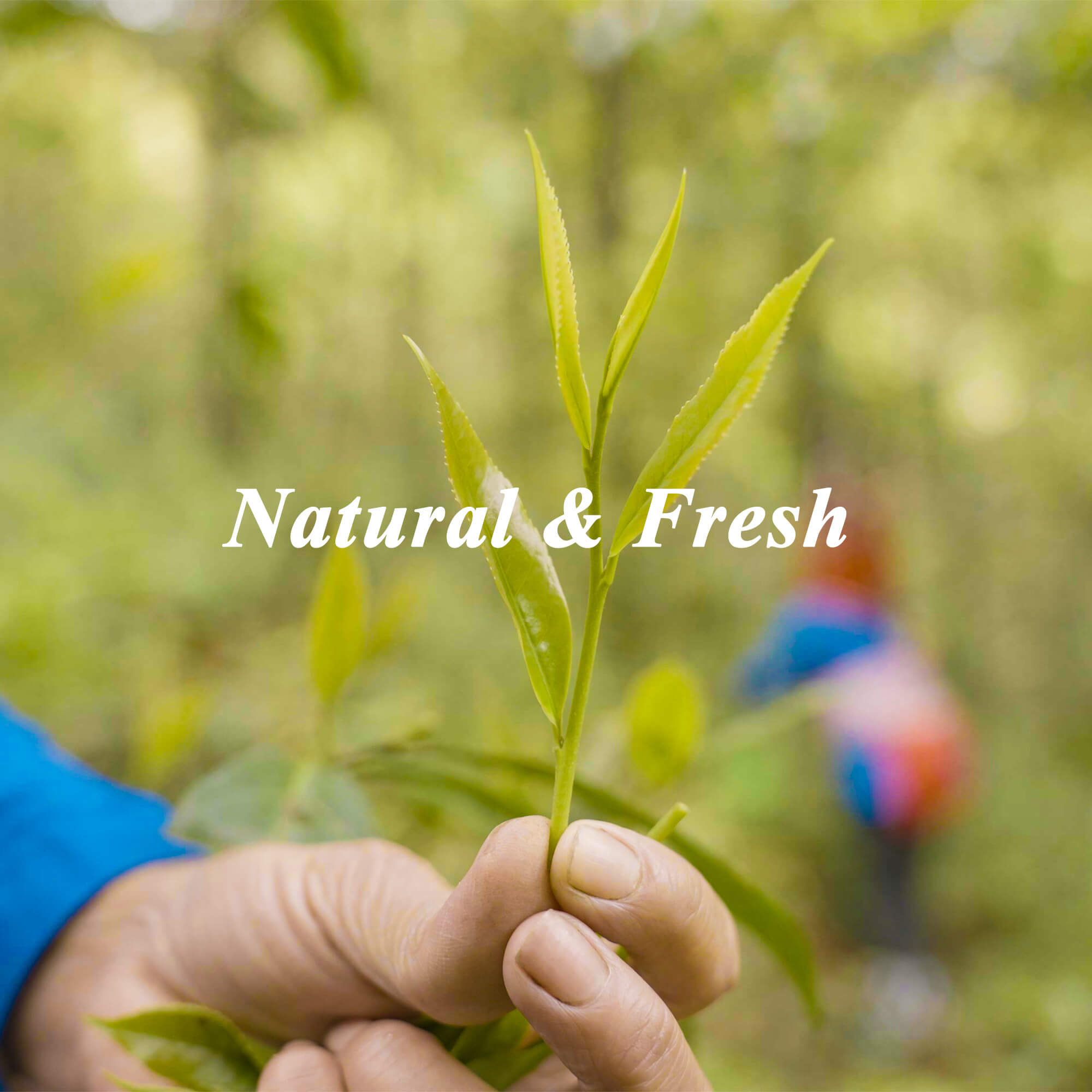
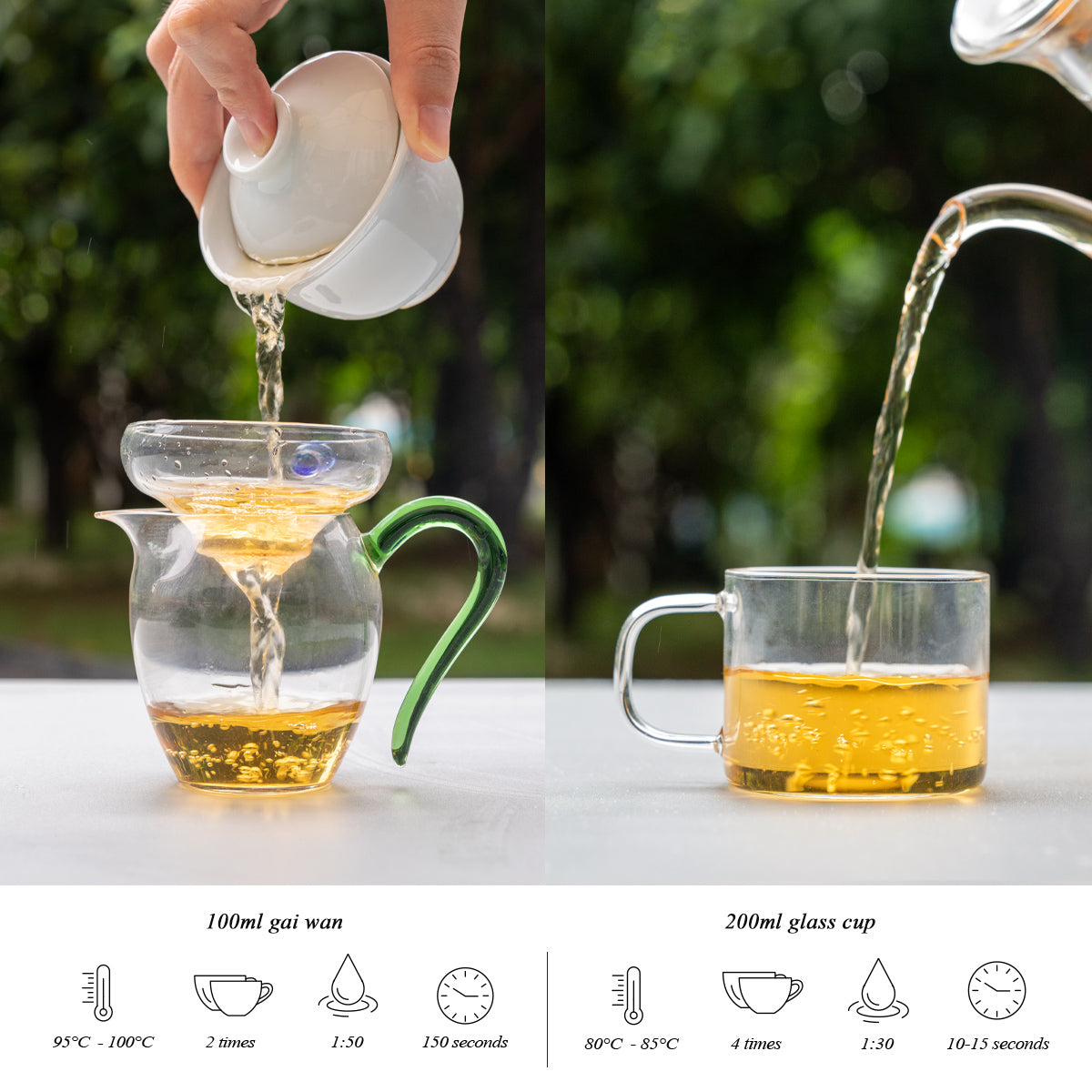
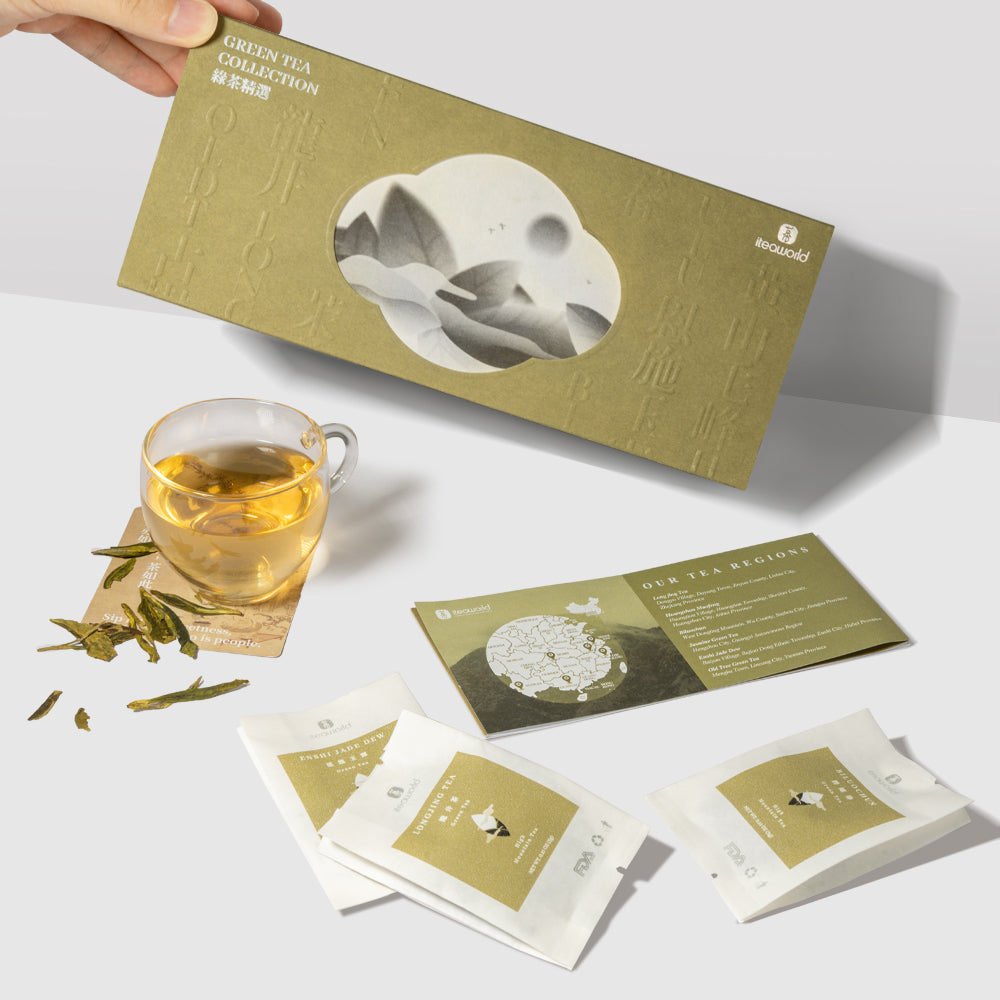
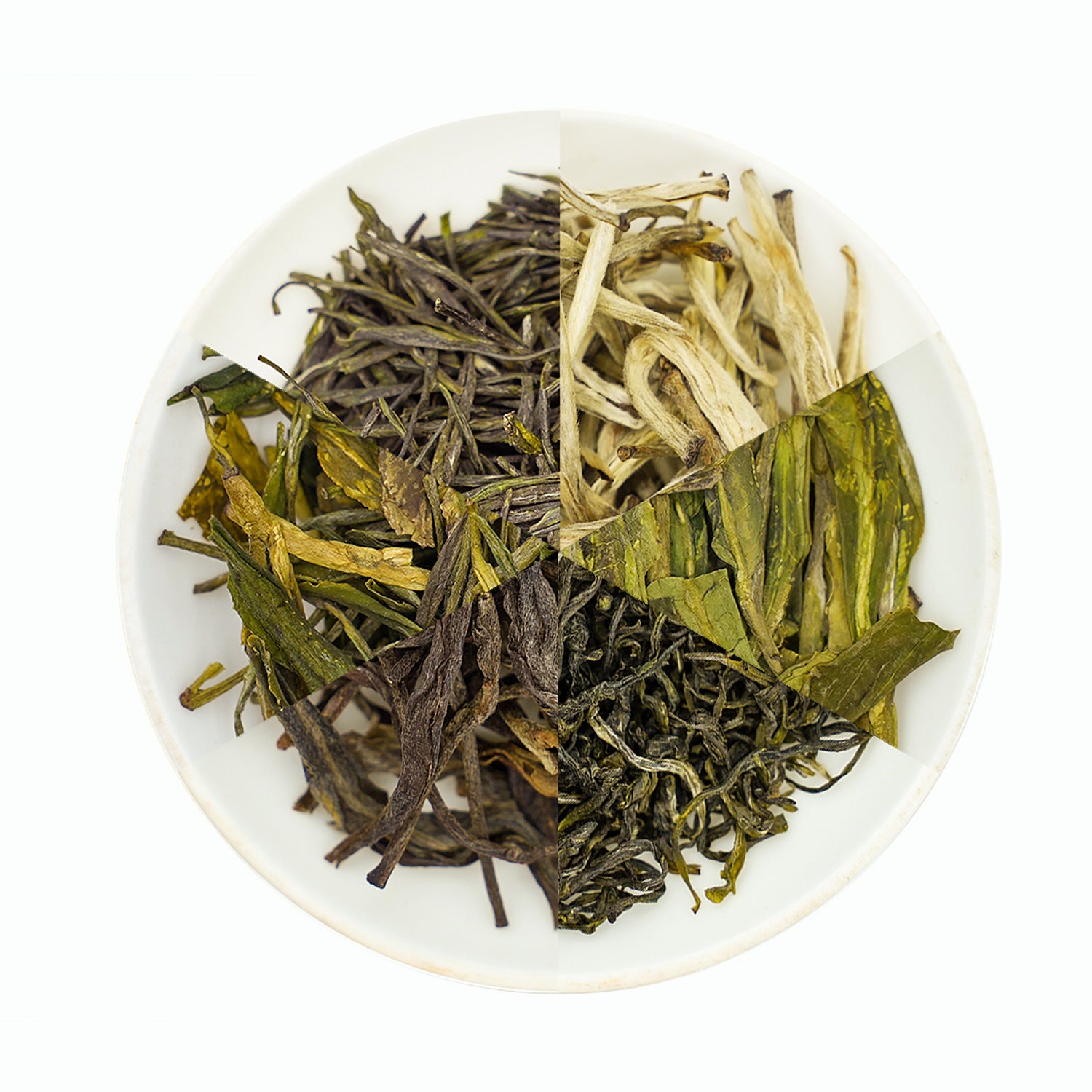
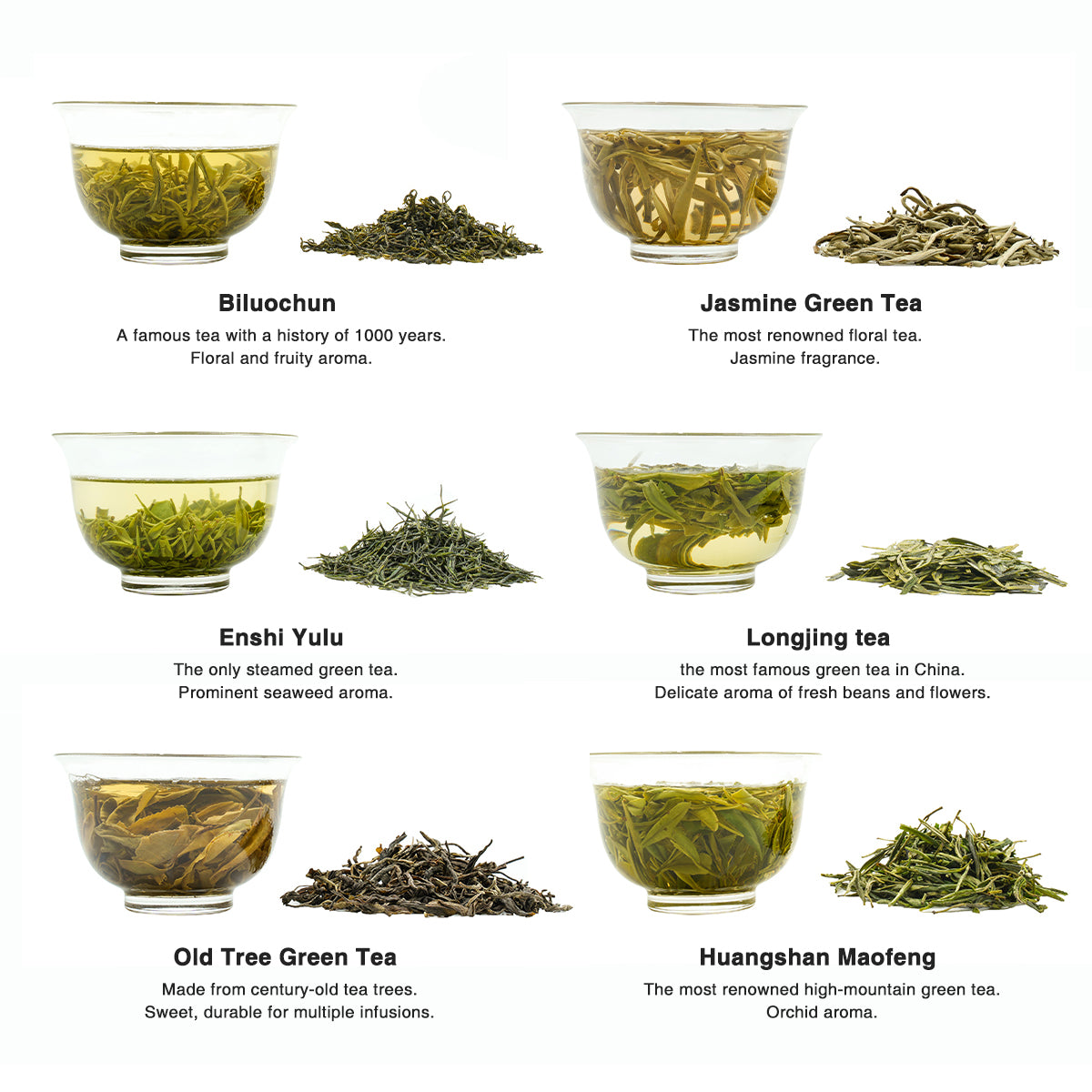
Chinese Green Tea Sampler
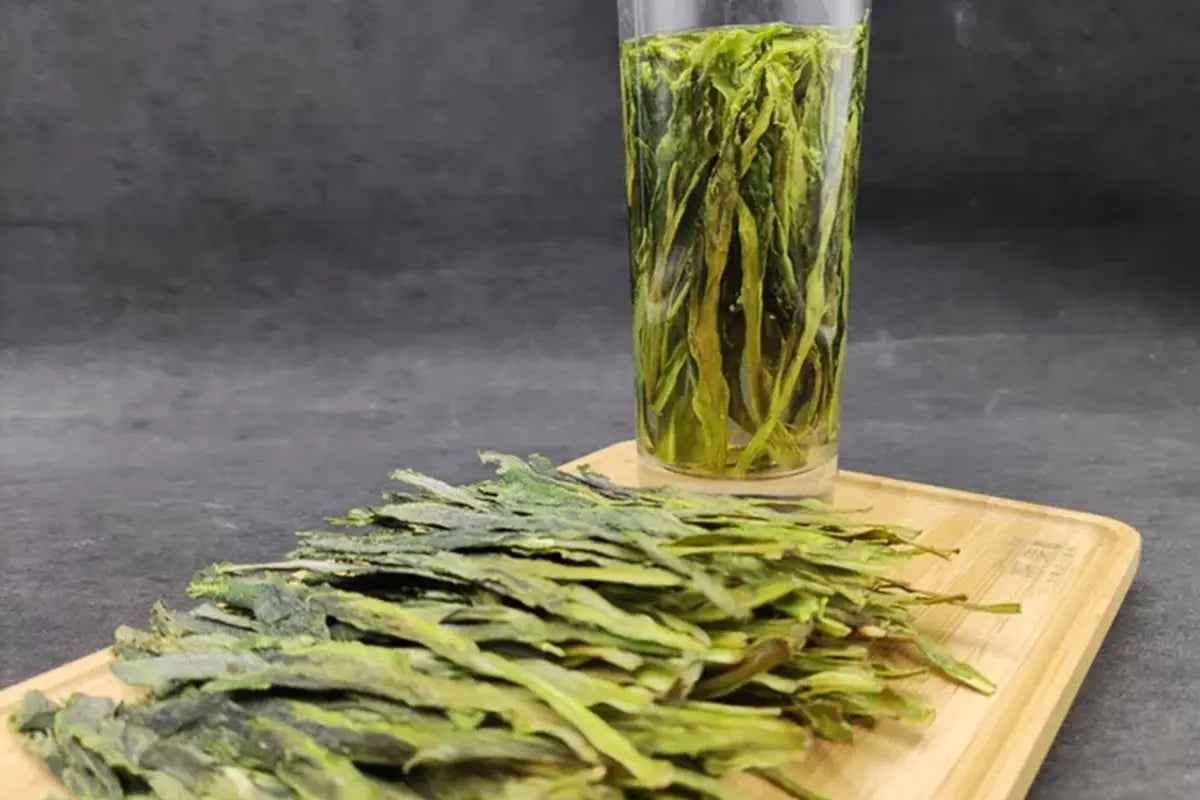
4.Taiping Houkui
Core Production Area: Huangshan District, Anhui.
Taiping Houkui is the most uniquely shaped green tea, with the longest leaves. The best tea comes from the Monkey Pit in Xinming Township of Huangshan District (formerly Taiping County), which gave the tea its name. Taiping Houkui is particularly durable when brewed, with a distinct orchid aroma. Once brewed, each leaf bud stands upright.
Explore 6 Green Teas in One Box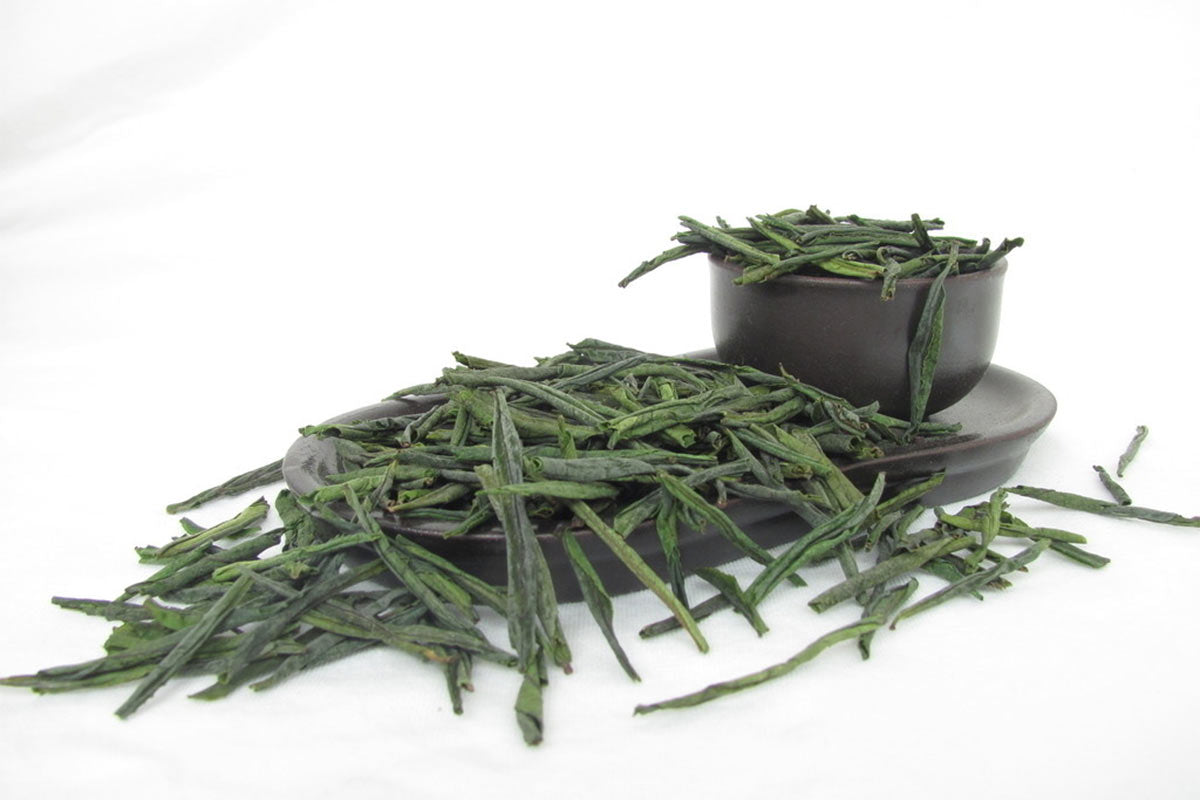
5.Lu'an Melon Slice (Guapian)
Core Production Area: Lu'an City, Anhui.
The uniqueness of Lu'an Guapian lies in its production: no buds, no stems, made purely from tea leaves. It gets its name because it resembles melon seeds. It is primarily produced in the Dabie Mountain region of Lu'an City. High-quality Lu'an Guapian has a layer of white frost on its surface, which is a result of organic substances in the tea leaves precipitating out during the frying process. The more frost, the higher the quality.

6.Bamboo Leaf Green Tea (Zhu Ye Qing)
Core Production Area: Mount Emei, Sichuan.
Bamboo Leaf Green, also known as "Green Leaf Nectar", is renowned because of its connection to Mount Emei, a famous mountain. Its origin is from tea gardens located between 600 and 1500 meters above sea level, such as in areas like Bai Long Dong, Hei Shui Temple, and Wan Nian Temple. Surrounded by mountains and enveloped in mist throughout the year, the tea trees here receive limited sunlight of low intensity. Consequently, the tea leaves are rich in chlorophyll and amino acids. This premium loose leaf green tea is carefully hand-plucked and processed to yield a delicate liquor with captivating bamboo fragrance.

7.Anji White Tea
Core Production Area: Anji, Huzhou, Zhejiang.
Anji White Tea's primary production area is located in Anji County, Huzhou City, Zhejiang Province. It has become popular in recent years, and many tea novices are misled by its name, mistakenly buying it as a white tea. What stands out about Anji White Tea is its refreshing taste, rooted in its rich content of 18 amino acids essential to the human body. With an amino acid content ranging from 5 to 10.6%, it is 3-4 times higher than regular green tea. It has fewer polyphenols than other green teas, making its taste particularly fresh without bitterness.
If you are oolong tea enthusiasts, do not miss out our TieGuanyin, a high-quality oolong tea with a unique and captivating aroma.
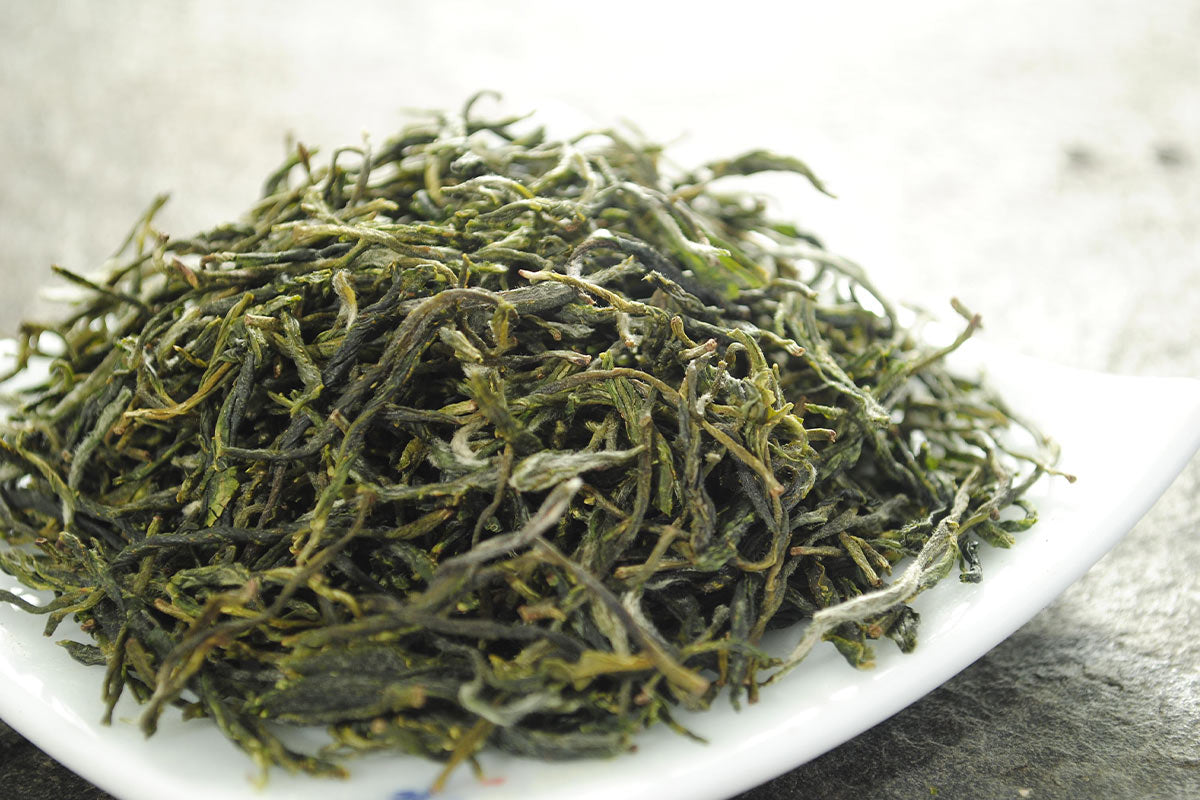
8.Xinyang Maojian
Core Production Area: Xinyang City, Henan.
The main production areas for Xinyang Maojian are spread across Shihe District (formerly Xinyang City), Pingqiao District (formerly Xinyang County), and Luoshan County. The core regions for high-quality Maojian include places in Shihe District such as Che Yun Mountain, Ji Yun Mountain, Yun Wu Mountain, Tian Yun Mountain, Lian Yun Mountain, Hei Long Tan, Bai Long Tan, and He Jia Village, colloquially known as "Five Clouds, Two Ponds, One Village."

9.Enshi Yulu (Jade Dew)
Core Production Area: Enshi, Hubei.
Enshi Yulu, also known as "Jade Green," belongs to the steamed needle-shaped green tea category. Steamed green tea is one of the earliest types of tea invented in ancient China. The core production area of Enshi Yulu is in the southern part of Enshi State, including Bajiao Village and the eastern suburbs' Wufeng Mountain. It's typically harvested before the Qingming Festival and finishes before the Grain Rain. The raw material sought is a fresh leaf with a strong green color, either one bud with one leaf or one bud with two leaves. Hubei's Enshi is known to have the world's largest selenium reserves, hence Enshi Yulu is rich in selenium, earning it the title "Selenium-rich Tea."
Japanese Yulu tea was first introduced from China.
Explore our Classic Tea Sampler, featuring a variety of green and black teas, including our carefully curated Classic tea sampler.
Green Tea Sampler 15% Off Code: green15 (only one hour)
Enjoy Enshi Jade Dew Now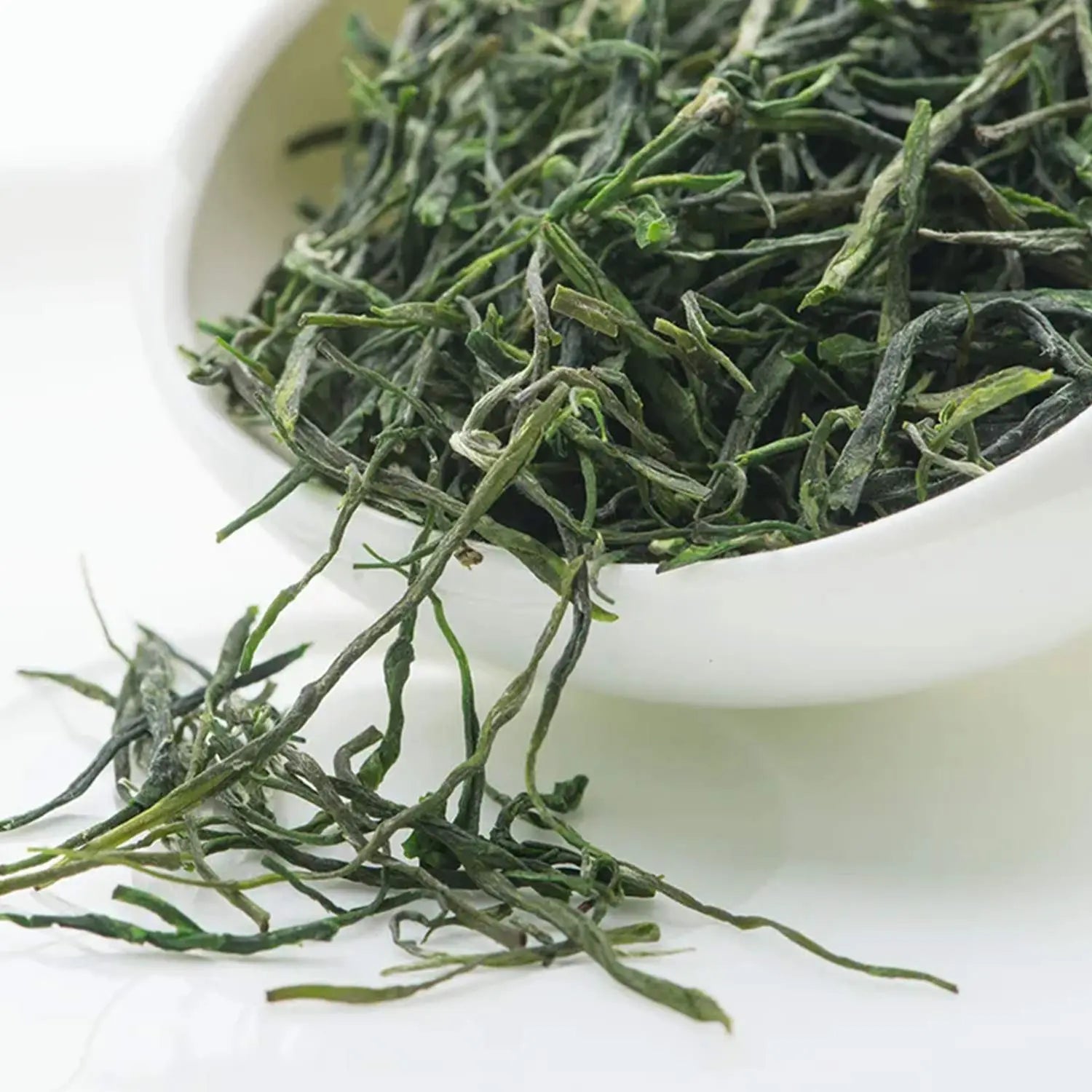
10.Lushan Cloud and Mist Tea
Core Production Area: Lushan Scenic Area, Jiujiang, Jiangxi.
Lushan Cloud and Mist Tea dates back to the Eastern Han Dynasty and was listed as a tribute tea during the Song Dynasty. Its primary production area lies above 800 meters in altitude, in places like Han Yang Peak, Xiao Tian Pond, and Xian Ren Cave. Due to the high elevation, vapor rises to form clouds and mist. It is foggy for up to 195 days a year, causing a delayed temperature rise. As a result, tea trees typically sprout after the Grain Rain, making the best harvest time from late April to early May.
These are the top 10 core green tea producing regions in China. All of the best loose leaf tea have their own specialties. If you can drink them all you will unlock a lot of information about green tea and thus become a green tea tasting master. If you want to buy expensive green teas, remember to check their origin information.
I hope you enjoy these wonderful and delicious top 10 green teas from China!
The following are some questions and answers about green tea. If you are interested in green tea, please continue reading to learn more about green tea.
Is green tea acidic?
Green tea is usually considered to be slightly acidic. The pH of green tea is usually in the range of 7-10, with an average pH around 7-7.5. Green tea contains a variety of organic acids such as citric acid, malic acid, oxalic acid and ascorbic acid (vitamin C). These acids contribute to the flavor and aroma of green tea, but also lower its pH.
It is important to note that the acidity of green tea can vary depending on a number of factors, such as the type of green tea, brewing time and temperature, which can affect the acidity of the tea and can vary from one individual experience to another.
Additionally, the overall impact on your body's pH level is influenced by a variety of factors, including overall diet and lifestyle. If you have particular concerns about acidity and its effects on your health, it is recommended that you consult a healthcare professional.
Does green tea stain your teeth?
Green tea contains a substance called tannic acid, which is potentially a substance that may stain teeth. However, green tea is generally considered less likely to cause noticeable staining than other beverages such as black tea or coffee.
It's important to note that good oral hygiene habits, such as regular brushing and flossing, can help minimize the likelihood of staining. Additionally, if you're concerned about the effects of green tea on your teeth, try the following tips:
Drink water after drinking green tea: rinsing your mouth with water after drinking green tea can help wash away some of the substances that can cause staining.
Maintain good oral hygiene: brush regularly, at least twice a day, and floss to prevent plaque buildup.
Consider using a straw: Drinking through a straw can help minimize direct contact between the tea and your teeth.
Regular dental checkups: schedule regular dental checkups to address any potential staining issues and receive professional cleanings when needed.
While green tea may have some staining potential, its health benefits often outweigh this concern. If you have specific concerns about staining, it's best to consult with your dentist to get personalized recommendations based on your oral health.
What does green tea taste like?
The flavor of green tea varies depending on the variety, origin, and method of production. Generally speaking, the flavor of green tea is more refreshing compared to oolong tea and black tea, and has the taste of fresh plants.
The following are some of the descriptions given after tasting green teas
Grassy: For example, Enshi Yulu or Japanese green teas usually have this flavor.
Nutty: Some green teas, especially those with roasted leaves, may have a nutty or roasted flavor.
Sweet: Some green teas have a sweet aftertaste, especially those that are over 100 years old.
Exploring different varieties of green tea to find one that suits your taste preferences is worthwhile, as there are so many different types of green tea, each with their own unique characteristics. It is highly recommended that you explore iTeaworld's Green Tea Sampler, which contains 6 well-known green teas from China. You can experience several classic green teas at once at a low cost.
Is green tea good for the spleen?
Green tea is often considered a healthy beverage with potential benefits for all aspects of health. It contains antioxidants, such as catechins and polyphenols, which have potential health-promoting properties. Some research suggests that green tea may have anti-inflammatory and antioxidant effects, which may benefit overall health, including the immune system. However, it is important to note that the scientific evidence specifically linking it to spleen health is limited. Incorporating green tea into a balanced diet and healthy lifestyle may have a positive impact on overall health, including the immune system. Of course, it is always recommended to consult a healthcare professional before making any significant changes to your diet or lifestyle.
How to make green tea taste good?
The flavor of green tea involves a variety of factors, including the quality of the tea, the temperature of the water, the brewing time, and other flavorings. Here are some tips to enhance the flavor of green tea:
The flavor of green tea depends on very many factors, such as the quality of the tea, the brewing method, and the presence of flavorings. Here are some tips to help you enhance the flavor of green tea:
1. Choose high quality loose leaf green tea: In China, the best green teas are those that are high grade and from the core production areas. For example, Biluochun and Longjing. High quality green tea will have a better taste.
2. Correct brewing method: Use fresh and clean water to brew green tea, usually you need to judge the correct brewing method according to the quality of green tea. If the leaves are very tender, it is recommended to use the top pitching method, if the leaf grade is at one bud and two leaves or one bud and one leaf. The medium pitch method can be used. If the leaves are coarse and old, you can use the down-throw method. Of course, you need to pay attention to the brewing temperature, in general, the ideal temperature is usually 150°F to 180°F (65°C to 82°C).
3. Add natural sweeteners: If you prefer a sweeter flavor, consider adding natural sweeteners such as honey, agave syrup, or a small amount of stevia. Please be careful with quantities so as not to overpower the natural flavor of the tea.
4. Cold Brew Green Tea: If you prefer your tea cold, try cold brewing your green tea by steeping it in cold water for several hours or overnight. This method usually produces a smoother and less bitter flavor.
Keep in mind that individual taste preferences vary, so feel free to customize these suggestions to suit your preferences. Experimenting with different brewing techniques and additions can help you discover the green tea flavors that appeal to you most.
Does green tea burn belly fat?
Some studies suggest that green tea extract or green tea intake may have an effect on weight loss and fat burning
The catechins in green tea, especially EGCG, are thought to have potential weight loss effects.
These compounds may increase metabolism and promote fat oxidation.
It's worth noting that drinking green tea alone is unlikely to lead to a significant reduction in abdominal fat.
For best results, it is important to include green tea as part of a balanced diet and regular exercise.
What Chinese food can be made with green tea?
Green tea, especially Chinese green tea, is used in many delicious Chinese foods. For example, delicious green tea flavored pork ribs, green tea crisps, etc.
If you go to China, you must try food made with green tea, you will be surprised!
Green tea has a long history of popularity in China, not only because of its unique taste, but also because of the multiple health benefits it is believed to have. As an ancient and treasured beverage, green tea plays an important role in culture, health and life.
Whether it's the refreshing aroma or the unique taste, green tea is a fascinating beverage. From ancient tea ceremony traditions to modern scientific research, green tea has been praised for its antioxidant, anti-inflammatory, and heart-healthy benefits.
Overall, the beauty of green tea lies not only in its taste, but also in its cultural and health values. While savoring green tea, we seem to taste the precipitation of history and the gift of nature. May you feel this unique charm in every cup of green tea, and let the aroma of tea become a part of the beauty of your life.


